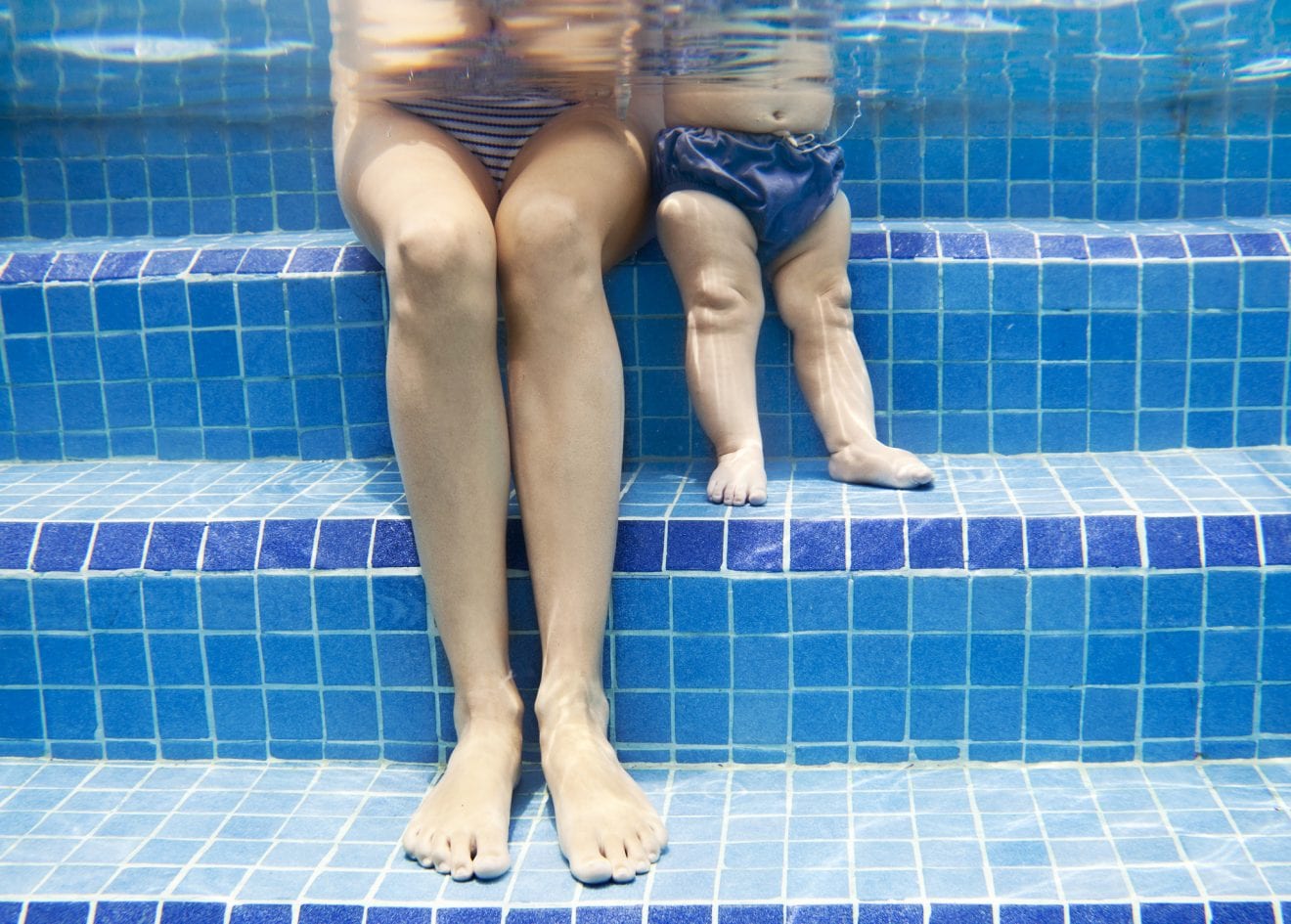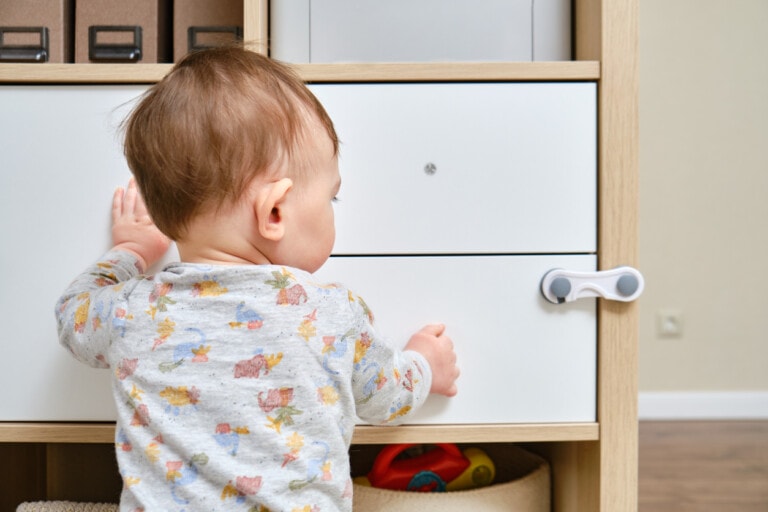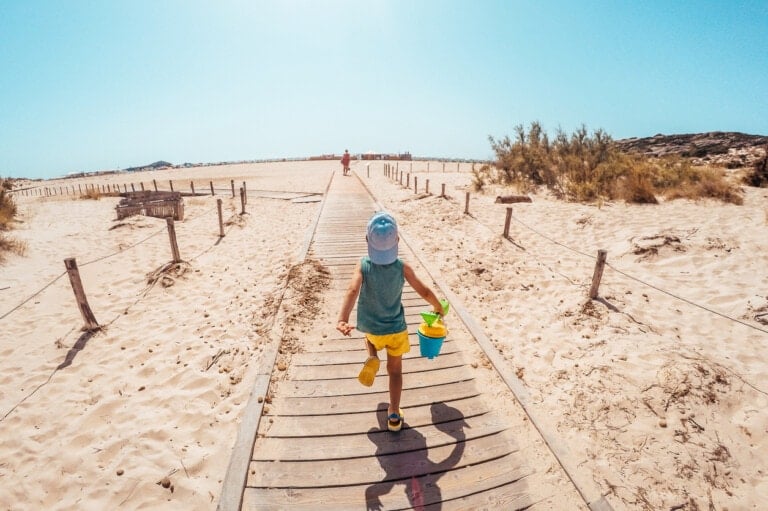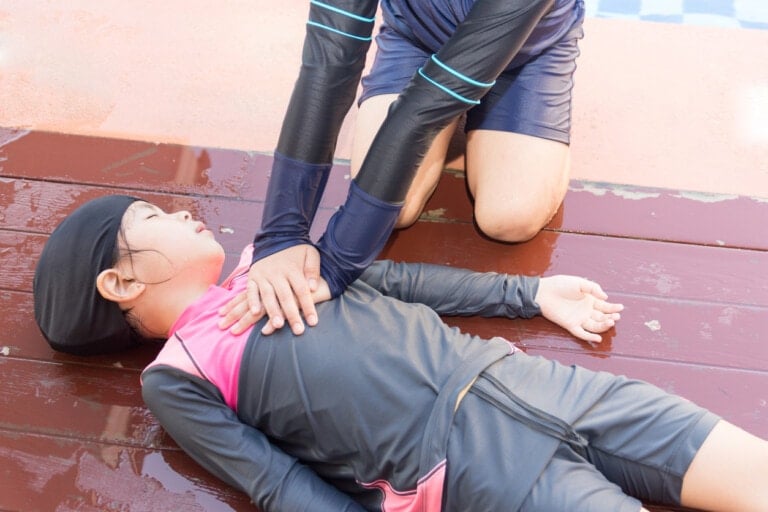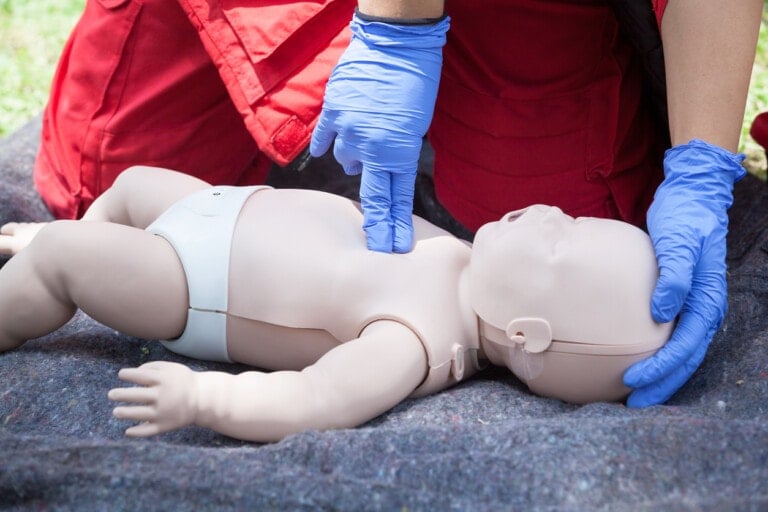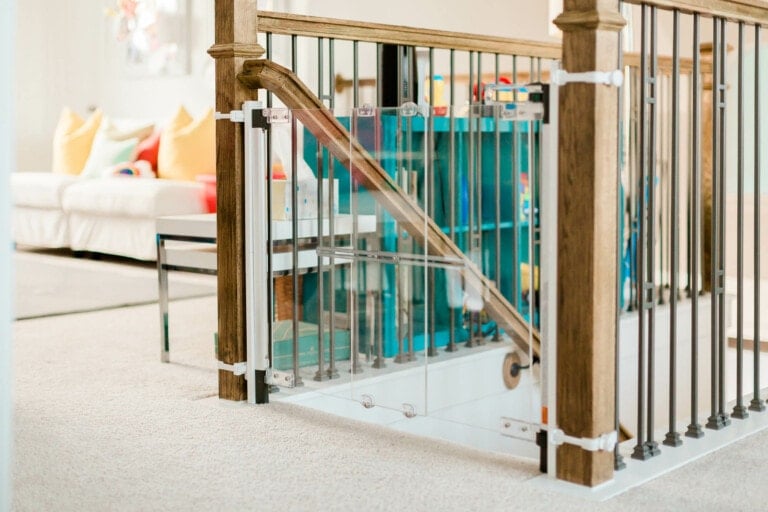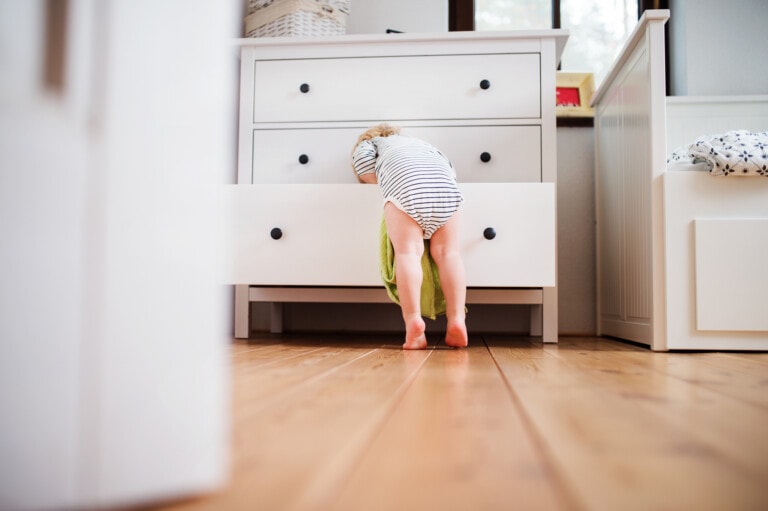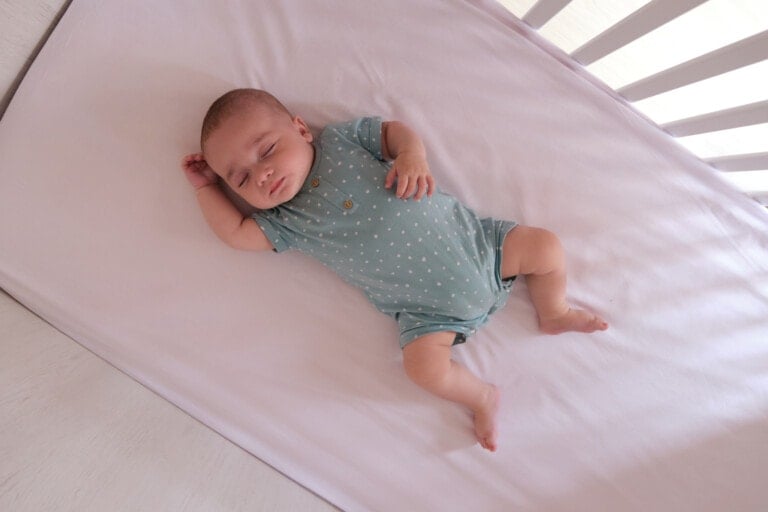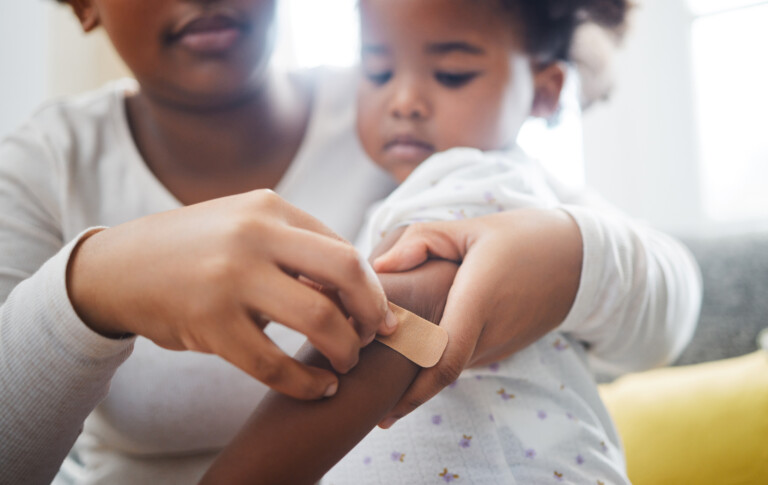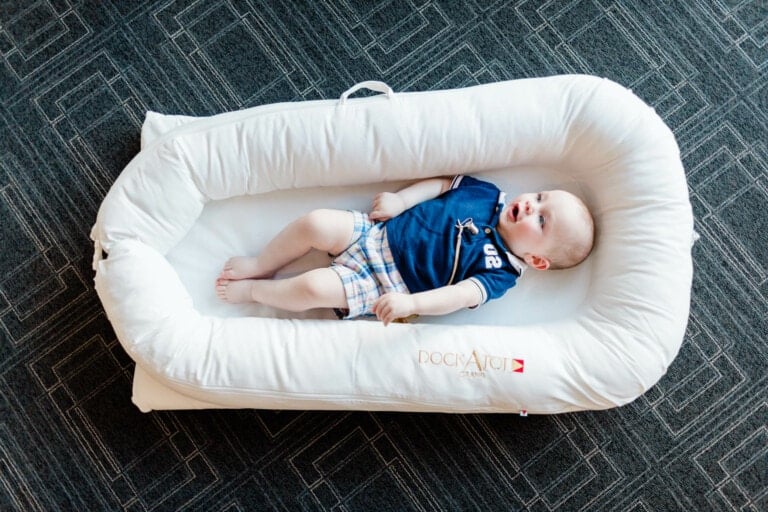Floaties are one of the number one go-to’s for parents looking to keep their children safe in the water. Every year companies come out with new ones which are very cute and enticing. But they give us a false sense of security that our children will be safe swimming independently. The truth is that floaties, no matter how well made, won’t prevent drowning. And they cannot be relied upon by parents as life-saving devices.
My two older children learned to swim with a fantastic swim instructor. Tammy Van Embden is a 16+ year USA level swim coach and ASCA member, among many other credentials. She is also a Red Cross CPR-certified instructor. Tammy shared with me why floaties won’t prevent drowning and ten things that might. Here’s what she had to say.
Why Floaties WON’T Prevent Drowning
First, it is essential to understand why floaties will not prevent drowning.
- While a young child may be able to float above water with floaties on, cognitively, they may not be able to differentiate when they don’t have floaties on. That means that it takes one catastrophic jump into the water without those floaties, either because they forget that they’re not wearing them or because they don’t realize that the only reason they stay above water is because of the floaties they have on.
- Floaties keep a child afloat vertically with their head out of the water, but standing and swimming don’t work without a floaty on. If a child were to jump in the water without the floaty and try to mimic the movement they make with the floaty in the vertical position, it would drop them right down to the bottom of the pool.
- While floaties may keep a child in a vertical position, they may not necessarily keep the child’s face out of the water.
- Water wings can easily slide off a child’s arm or be punctured and deflate quickly.
10 Things That Might Prevent Drowning
Now that we understand why floaties won’t prevent a child from drowning, here are ten things that might.
1. Swimming Lessons
Swimming lessons are the number one most important gift that you can give to your children. They start as early as 4 months old with a certified and experienced swimming instructor.
2. Don’t Fear the Water
Rather than begin swimming lessons at an early age, many parents teach their children to fear the water by keeping them away from it. Not only will that not help a child who accidentally falls in, but it also makes it a lot harder for a child to take swimming lessons and become a strong swimmer once parents do decide to introduce lessons. Teach children to love, but respect the water.
3. Familiarity
Begin to get your baby comfortable in the water by introducing it as early as 12 weeks, and make interaction with water a daily occurrence. You can do a mommy and me swimming class, take your baby to an outdoor or indoor pool as often as possible, pour water over their face while bathing them, or take them into the shower with you. Do not block water from getting in your child’s eyes in any of the above situations, so they don’t develop a sensory issue around water, which could keep them from swimming lessons. It is vital for children to feel comfortable and safe in the water and with water in their faces. All of this will make transitioning to swimming lessons easy.
4. Tall Fences
Ensure a tall fence (4-6 feet) around your pool or a fence around the pool of any home you visit with your child. It is also recommended that the fence self-closes and self-latches. That way, no one can forget to close and lock it.
Surprisingly, pool fences are not mandatory in homes. And it’s a lot easier than you would think for a baby to crawl or walk out of a home when someone accidentally leaves a door open, or a toddler or young child learns how to unlock a door and get dangerously close to a pool unsupervised.
5. Learn CPR
Find a local class online here.
6. Don’t Get Distracted
When your children are in the pool, don’t have anything around you that could distract you. Playing cards, chatting with a friend, and especially your phone, which we so mindlessly get distracted by so quickly. If you are with a group, you can take turns designating one responsible adult to have their full attention on the pool for 15-20 minute shifts, so no one gets tired, and everyone has a chance.
7. Remove Temptation
Remove pool toys when the pool is not in use to reduce any temptation for a child to get the toy from the pool or get into the pool to play with it.
8. Child-Proof Locks on Doors
If you have a pool at home, make sure to have second locks on your doors to prevent young children from unlocking the door that leads toward the pool. And remove any doggy doors that a child could climb through.
9. House & Pool Alarms
If you have a pool at home, install alarms on all windows and doors that lead to the pool and a surface disturbance alarm for your pool.
10. Understand the Risk
Don’t think drowning won’t happen to you just because you’re careful. It could happen to anyone!













